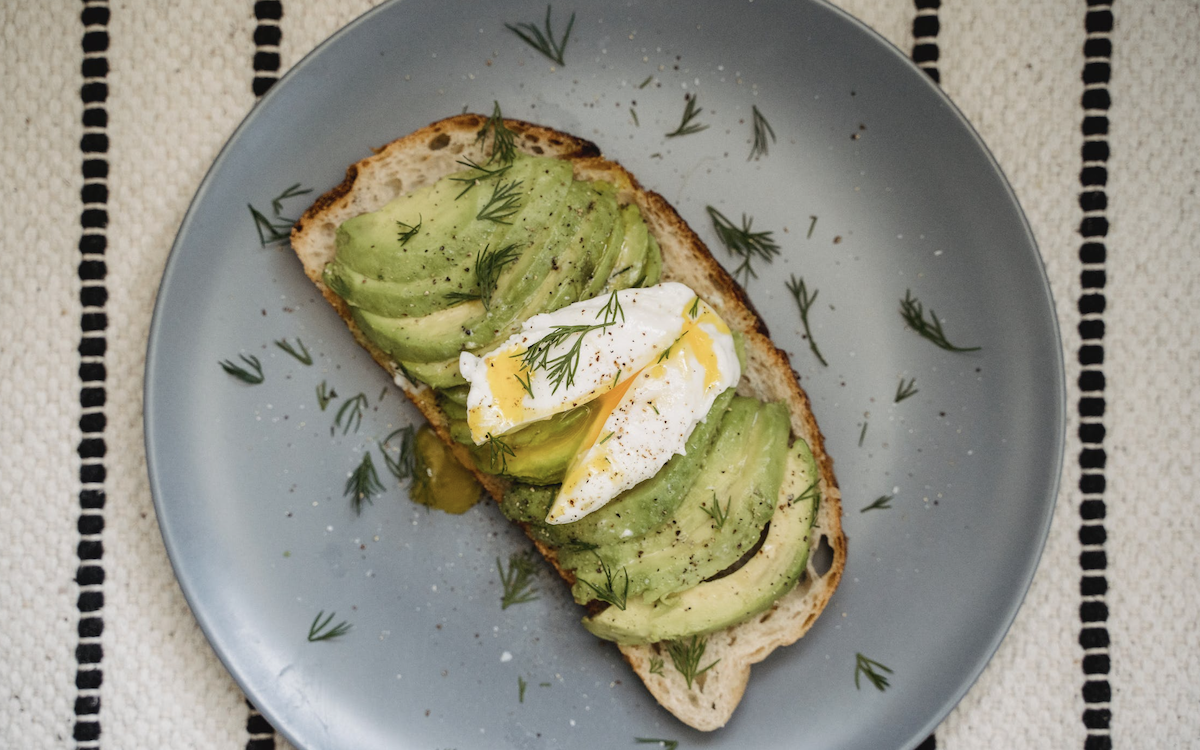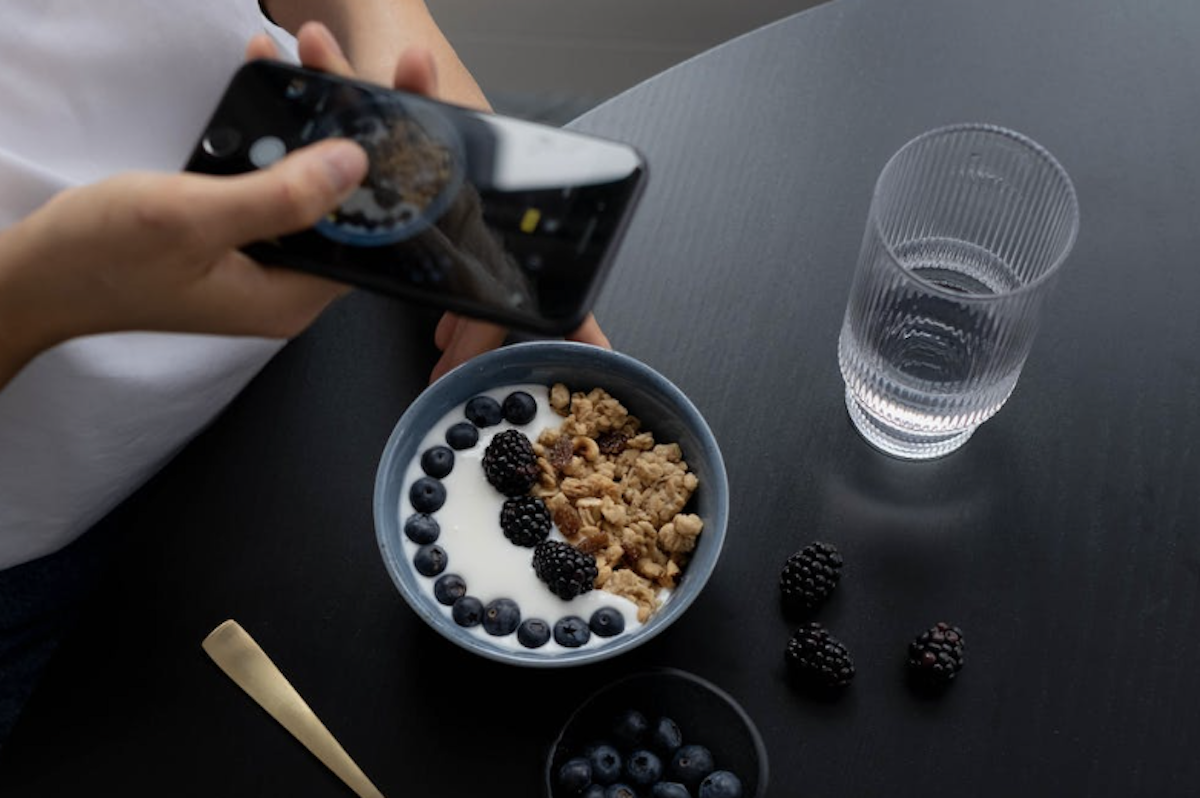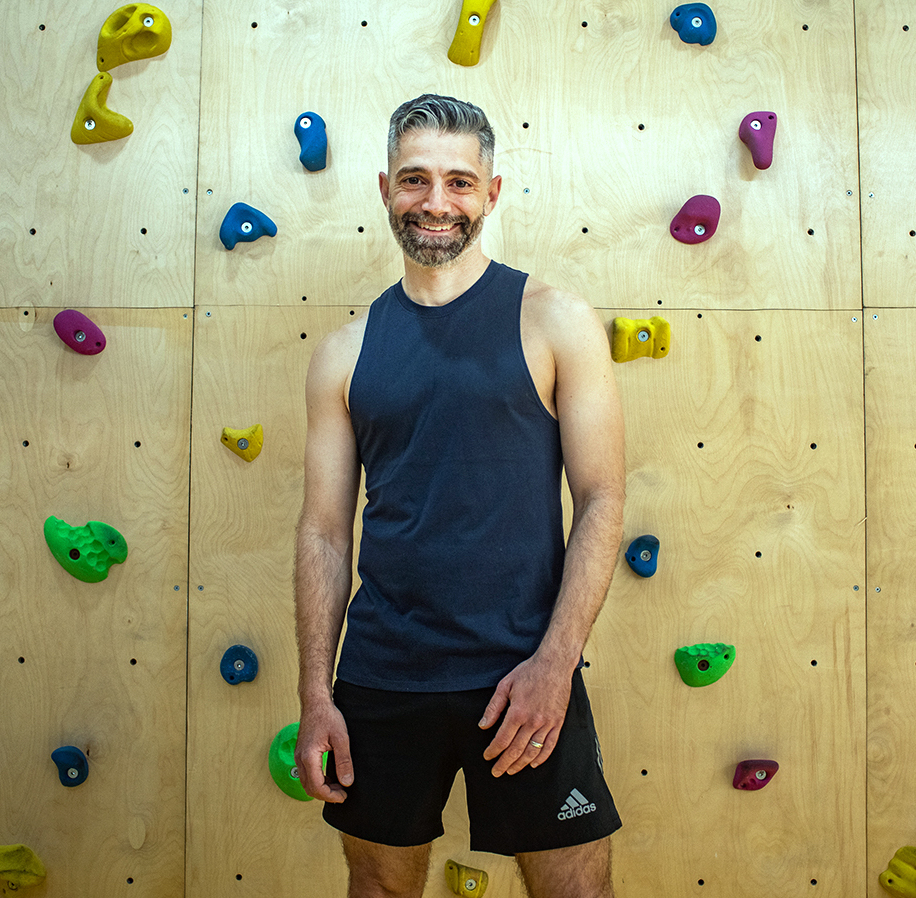Push Past "Quitter's Day"

’Tis the season once again for the tried and true tradition of setting a “New Year’s Resolution”, a goal that typically centers around getting healthier, wealthier, and happier. Unfortunately, those goals are usually forgotten by March when the hectic rhythms of life overwhelm us into thinking that we “just don’t have time for it”.
But this time is different, right?
The fact that you are reading this article on the Ate site means you are at least contemplating making the changes you need to be a better version of yourself, so that is definitely a step in the right direction. Now, I will explain how working with a Coach that uses Ate can help you continue to stay On-Path (pun intended) toward reaching your personal health goals.
Before starting any kind of plan or offering any sort of suggestions, I always sit down with my clients for an initial consultation to determine what actions have brought them to the point of reaching out for help and to discover what they personally would like to achieve from our interactions together. This is the time when I collect a person’s personal history such as their age, allergies, injuries, profession, and past experiences with nutrition and exercise.
Next, I like to know what a “Day in the Life” of the client looks like, such as the time they wake up, their typical eating patterns, their work schedule, their living/family situation, and their lifestyle (drinking/smoking) outside of those daily habits.
The background information is crucial for understanding the client’s environment, but my favorite question on the form is, “What is your relationship with food?” This is where I can get into the person’s mindset, discover the triggers that derail their progress, and explore the emotions they feel when consuming their calories. At the end of the meeting, after considering all the variables, we work together to identify obtainable but challenging short-term actionable goals that will serve as a guide for the first two weeks.

Once the initial consultation is complete, I send my client the Ate app with my personal Coach code and ask them to take as many pictures as possible for a week without making any changes to the way they are currently eating.
This serves three purposes:
Purpose 1:
First, it allows me to see what food items the person typically reaches for in their daily lives and at what times throughout the day. Thanks to the time stamp feature, I can analyze the person’s eating patterns and categorize their meals, snacks, and caloric beverage consumption.
If my client chooses to utilize the survey for each meal, I can get a better sense of the source of their food (home-cooked, delivery, or restaurant), where they are eating their meals (table, couch, or desk), and how that meal made them feel (happy, satisfied, or guilty). I usually tell my clients, “the more data I have to work with, the more able I am to help you.”
Purpose 2:
Second, it starts the new habit of taking pictures of all the foods and drinks they consume. While it might seem like a simple concept, it takes practice to whip out the phone and snap a picture before indulging in the meal or remembering to journal the meal via text, at the very least. However, this habit helps my clients be more mindful of what they are eating at the moment, and it provides me the opportunity to see their eating patterns throughout the week. Furthermore, the picture is more objective in terms of portion sizes than food journaling or using recall when speaking to the coach.

Although we live in a time where many people take pictures of their personal lives and post them on social media for the world to see, this new habit tends to be difficult for many because it requires a level of vulnerability with someone that is essentially a stranger.
Purpose 3:
Third, when someone makes the decision to speak to a nutritionist, a dietician, or a health coach, they tend to go into “diet mode” too early and start eating only things they think I want to see. I compare this type of behavior to a person withholding important information from their doctor because of a fear of being judged.
It is essential that the client understands that under no circumstances will I ever judge them because they ate something traditionally labeled as “unhealthy”. It’s OK to eat a piece of cake for a birthday or have a few drinks over the weekend. When a client purposely hides foods or accidentally forgets to log an item, it makes it difficult for me to decipher what exactly is preventing the weight loss from occurring. Additionally, when my client goes to the “healthy” extreme, I warn them that this type of behavior usually leads to binging or quitting the program altogether.
As a nutrition coach that has been using the Ate app for three years, I can honestly say that it has had an immense impact on the lives of my clients. At AZLO Coaching, I believe in 3 main pillars for success: Mindset, Consistency, and Accountability.
Using Ate in conjunction with a certified coach will help you believe in your abilities to reach your goal, provide you with physical proof of your ability to stay On-Path, and give the coach the insight needed to hold you accountable when you lose your way. This is just the beginning of the road toward life-long health, but as the saying goes, “the journey of a thousand miles begins with a single step.” Welcome to the path!
Tom Mourikis is the founder of AZLO Coaching, a nutrition and exercise service with a focus on mindfulness, education, and accountability. He has degrees in Movement Sciences and Physical Education, as well as certifications as a Nutrition Coach (NASM) and a Strength and Conditioning Specialist (NSCA). After having previously lived in Chicago, Athens, and Guangzhou, Tom currently lives in Lima, Peru, with his wife and 2yo son.
